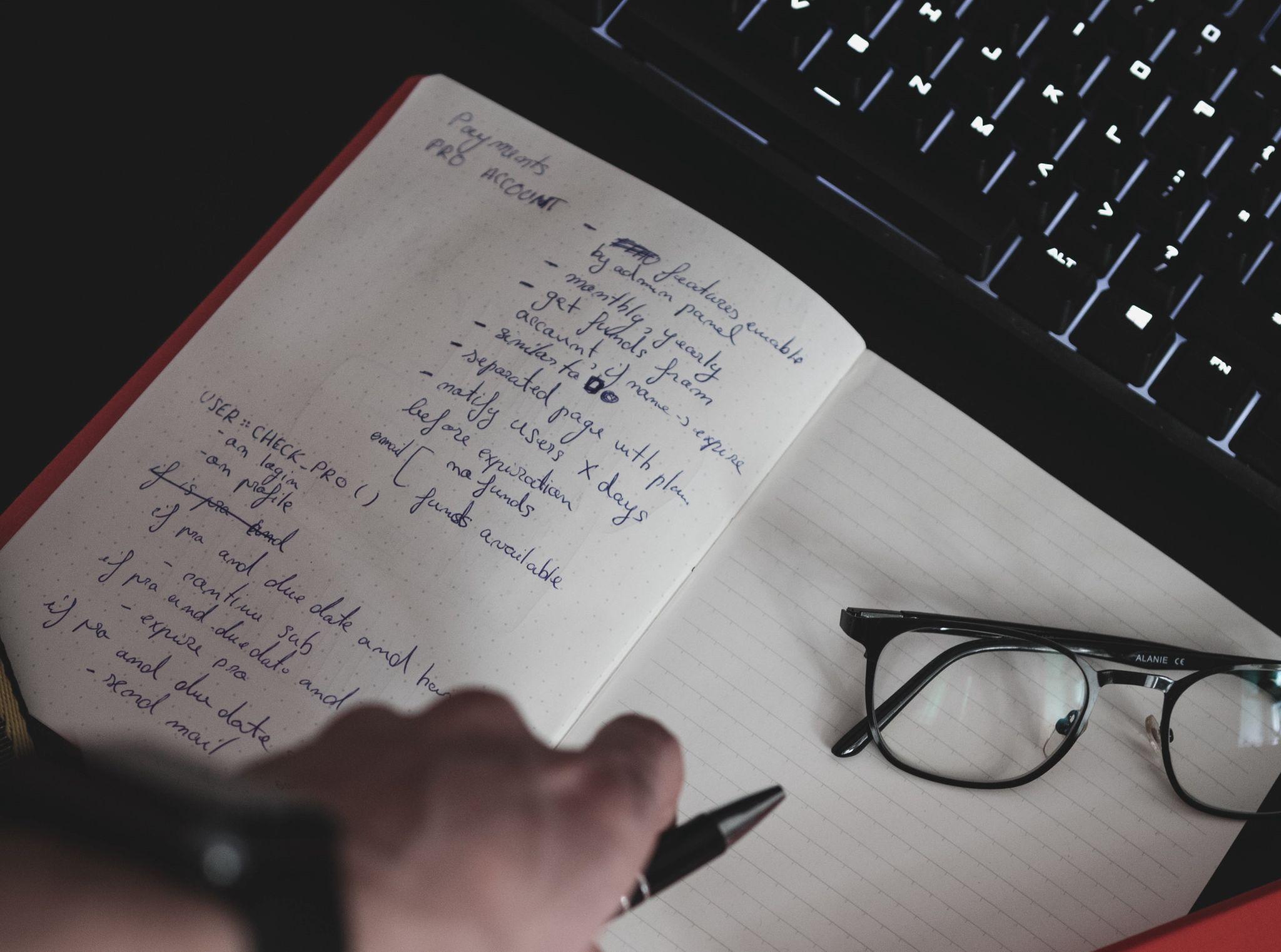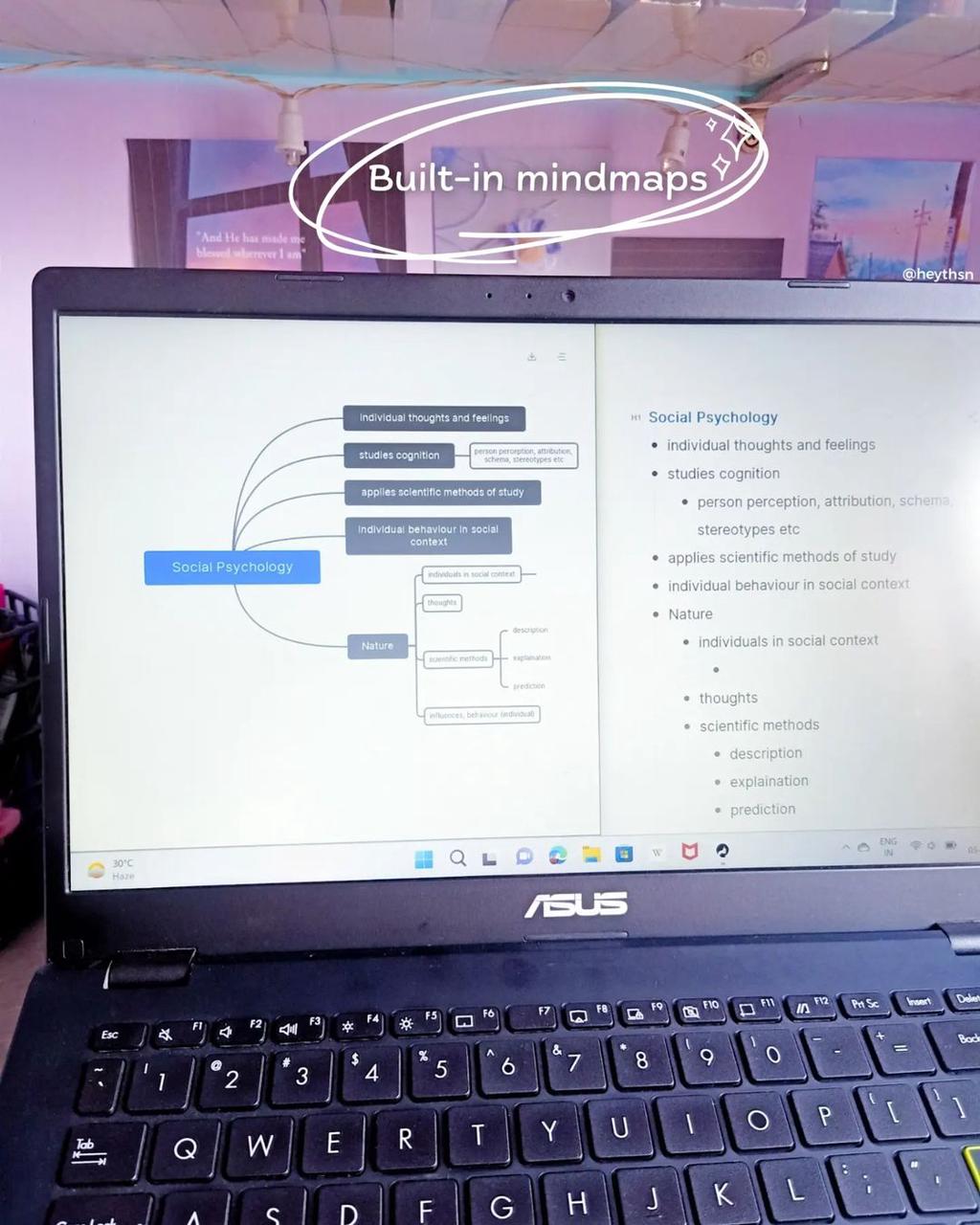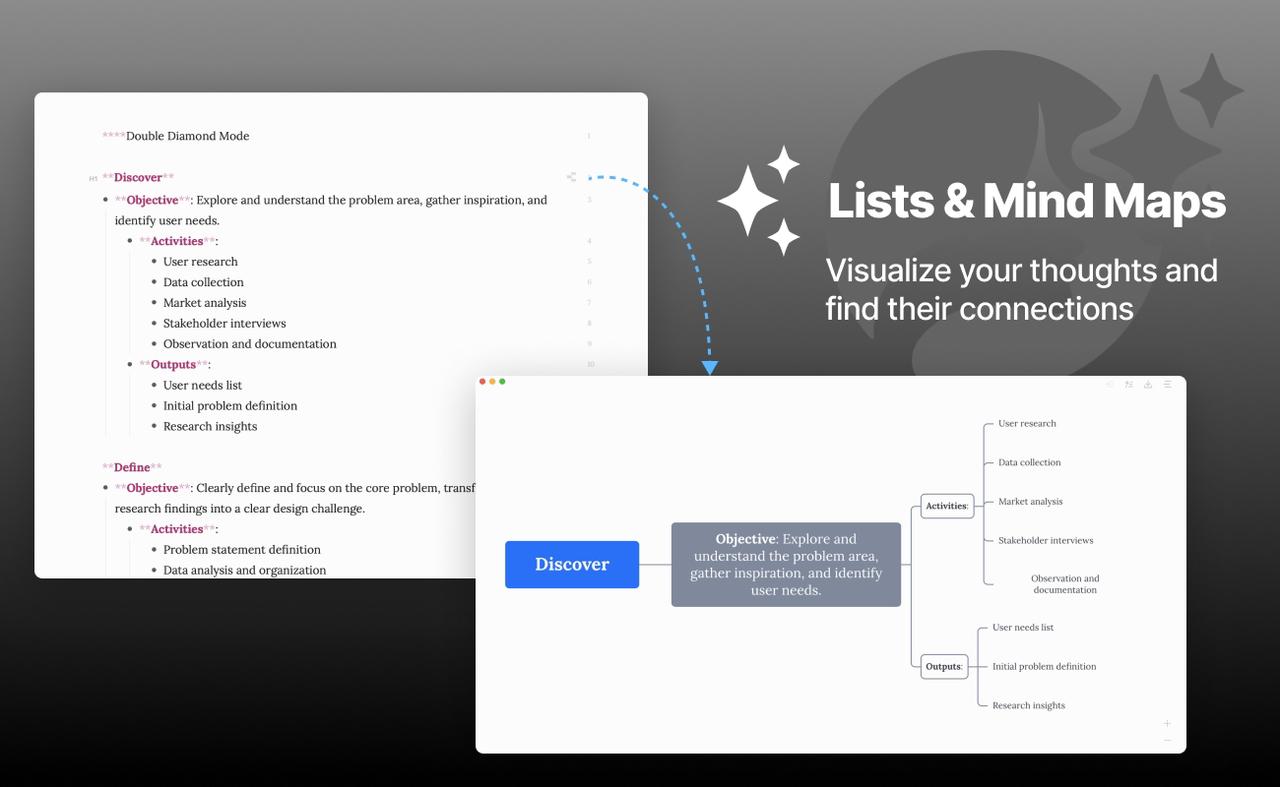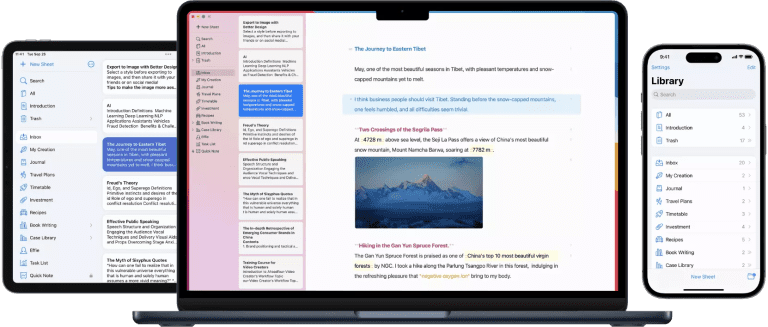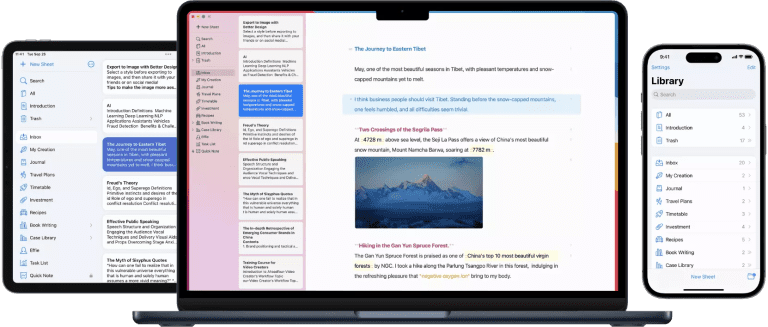How to Improve Learning Effectiveness with Note-taking?
If you’re a student, you must be under stress right now. You not only need to acquire new knowledge, bear it in mind and make it yours. You also need to leave space for a lot more to come.
Pretty much like a perpetual motion machine that keeps working like it has infinite storage capacity or a battery that never dies…
How to make it through? How to maximize your memory to also allow new things to come? You’ve probably already heard about using note-taking to assist learning because of its popularity.
But are you using it properly?
To answer this question, we have to first understand why it is important to take notes.
Why should we take notes?
After all, we are human. So we forget things. It seems that we all follow the Ebbinghaus Forgetting Curve (see below), well, except those with BIG brains…
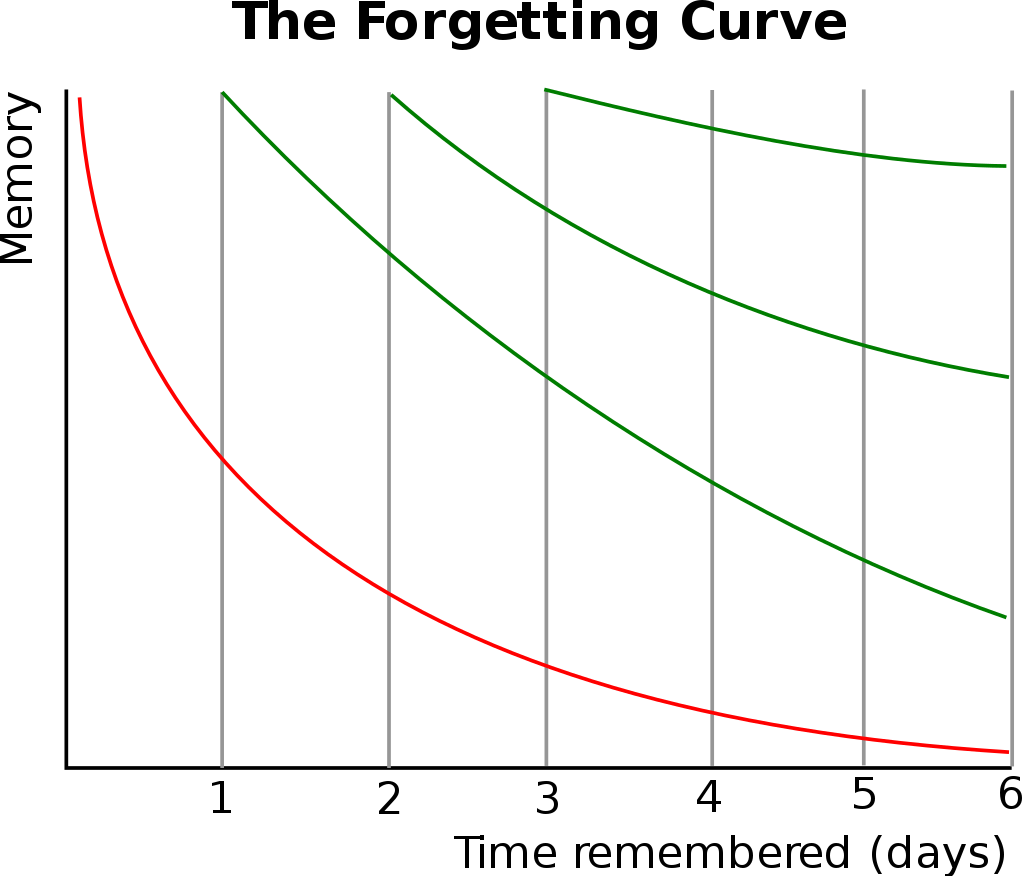
In general, you drop 50% of what you’ve just heard within one hour, and you keep on dropping messages as time goes by. And I promise there won’t be a single sign of your memory coming back if you just leave yourself to it. Sounds desperate?
Then start note-taking!
You might say, “Oh, I’ve been taking notes, but I think it’s of little help”. If so, you probably need to reconsider which step goes wrong.
It’s common to think that note-taking only takes place during class. But in fact, note-taking also plays an irreplaceable role both before and after a class.
You’ll be able to recall 75% of what you’d been taught even after nine weeks if you review your notes in time. Doesn’t it sound awesome?
If your answer is yes, let’s move on and see how you should take notes before and after class.
Taking notes before class
Preview your learning materials for the next lesson.
This is important because:
1. While you’re previewing, you get a general idea of the focus of the next class.
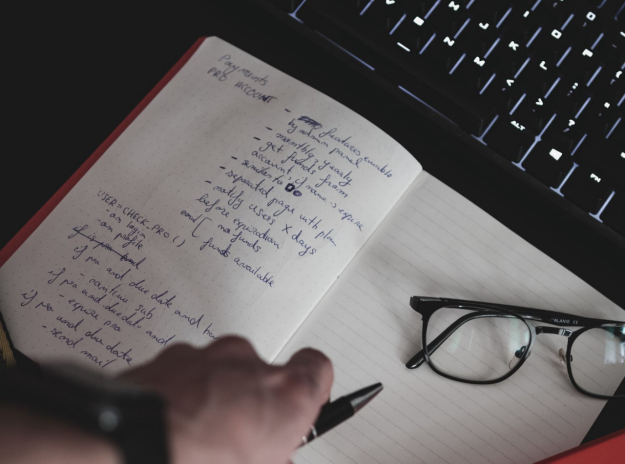
Just like every time you finish watching an episode of a series, you always get an “on the next episode of XXX” at the end for the same reason.
2. List some potential questions you might have.
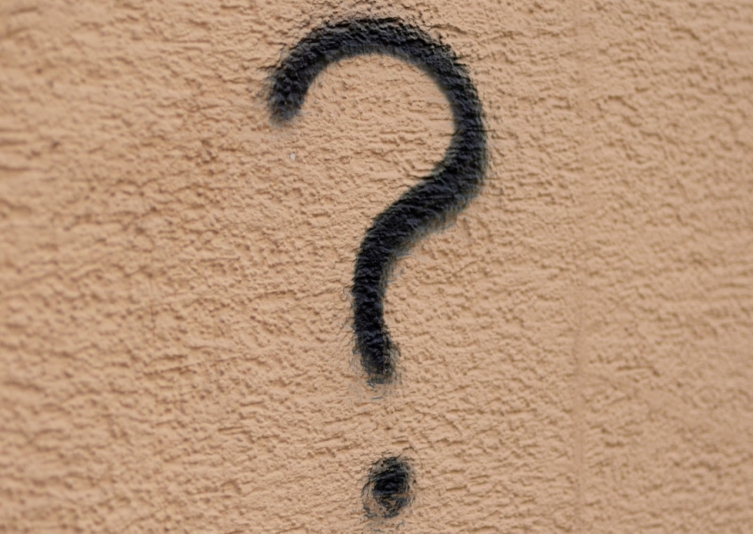
We are all curious about new things. So keep that curiosity. Because next time when you attend the class, you’ll find yourself instinctively attracted to those topics that you don’t know the answers to.
3. Do some research yourself.

You will feel more engaged in class than acquiring information directly from your teachers. You’re also more likely to remember that part of the information for a longer time because it is you who makes the effort.
Taking notes after class
Always review your notes taken during class
Why?
1. It helps to consolidate your knowledge before your memory starts losing it.

It’s all about telling your brain, “No, I remember that. Don’t you dare”. Next time, you’ll feel much easier to recall information when necessary.
2. It helps to understand new knowledge better.

You’ll find that the more lessons you’ve taken, the more complex the contents can become. And making sure you understand the previous content can definitely help you with whatever comes after.
3. It helps to summarize what’s important and what’s not.
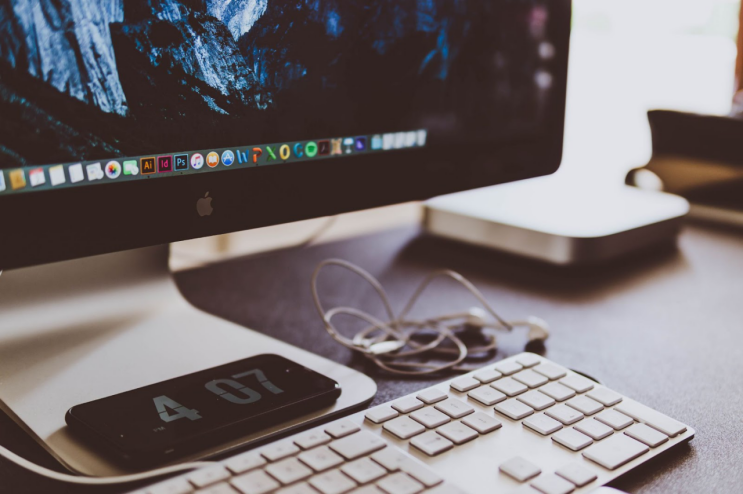
It’s similar to managing your laptop folders. You’ll put the frequently-used apps to where it’s easy to find, while those unused apps probably, anywhere so long as they won’t bother you.
In addition to these preparations before and after class, what else can you do to make sure that you take notes effectively?
How to take notes effectively?
In fact, you can just start note-taking in any way you like, but some methods have already been tested and developed for years, to help you.
There is no such thing as to which method is better than the other. Finding a method that works for you matters the most. The next thing to consider is how to make the best use of it and let it assist your learning.
1. Cornell note-taking method: think systematically
The Cornell method presents your thinking and organizing processes, and they are presented systematically with a piece of paper divided into three or four main sections, namely, title (optional), notes, cues and summary. See below to better understand how the Cornell method works:
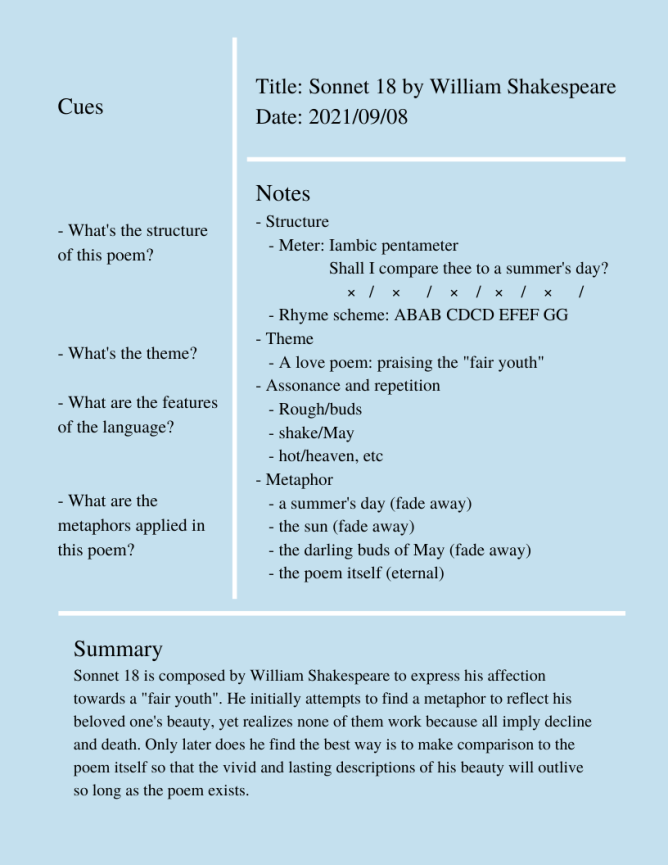
2. Outline method: lists and outlines
The outline organizes your thoughts by listing main topics and sub-topics. The space in between is where you can put down some facts or thoughts (see below).
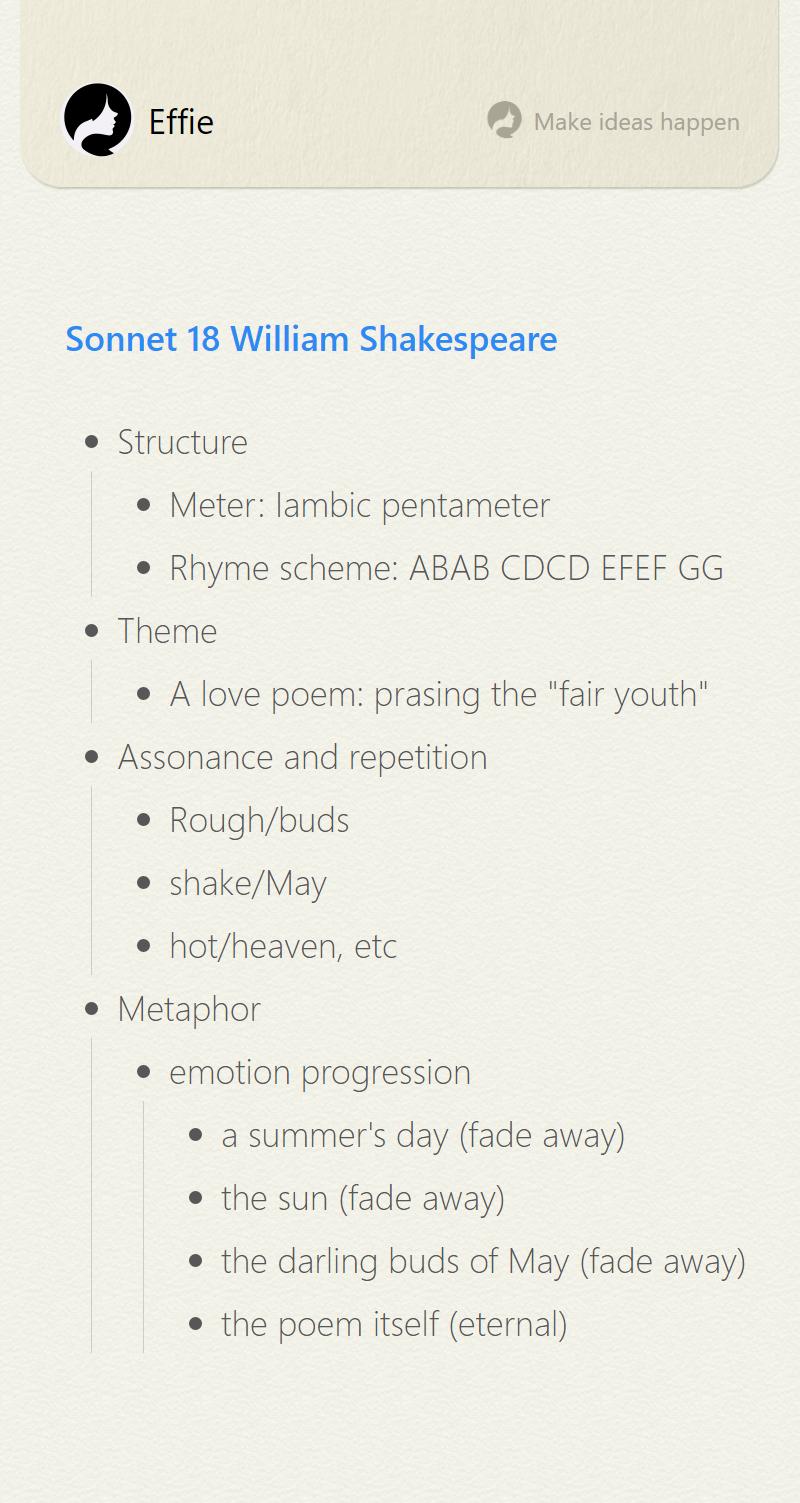
3. Mapping method: visualize your thoughts
The mapping method visualizes the newly learned knowledge by presenting the relationship between each fact or idea (see below).
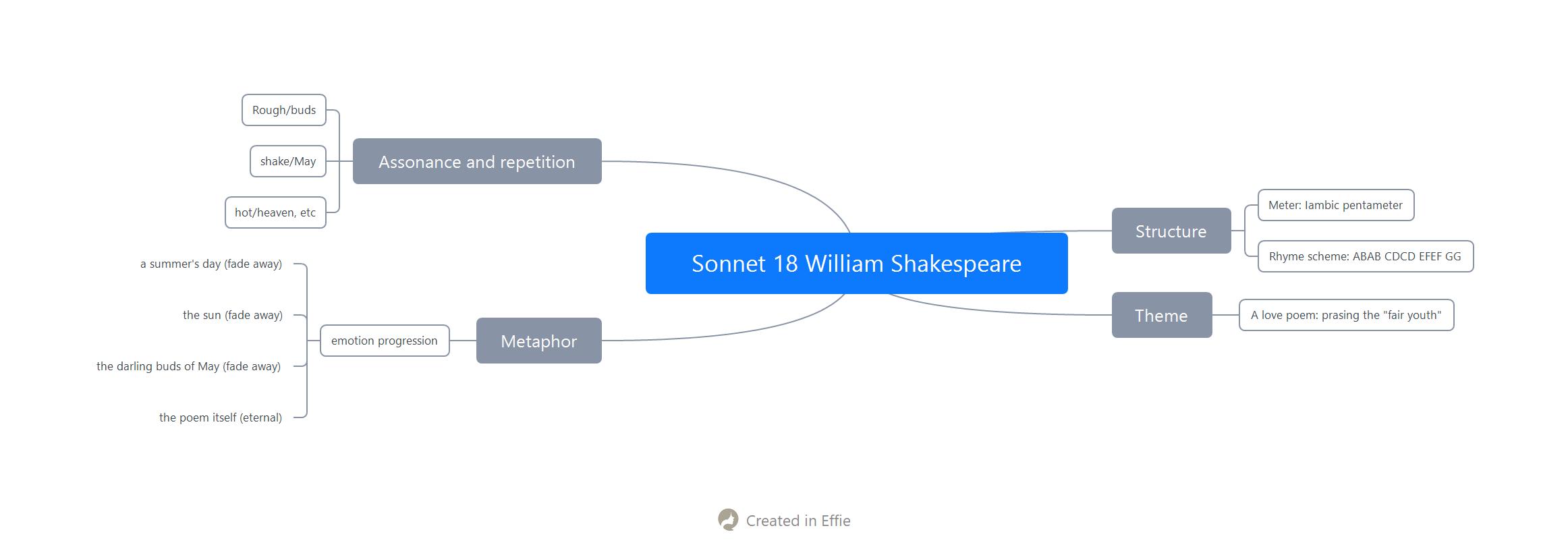
As mentioned, there’s no perfect way to take notes, you just need to find the one note-taking method that works the best for you. And of course, having a note-taking tool that knows how to take effective notes saves you so much time from having to try out the above methods one by one.
Effie is such a handy tool. You can create lists and outlines in it when going with the Outline method, and you can change the lists to mind maps later if you decide that mind mapping works better for you. Two birds in one stone.
Want to give it a try? Just download Effie from here, and start taking notes.

